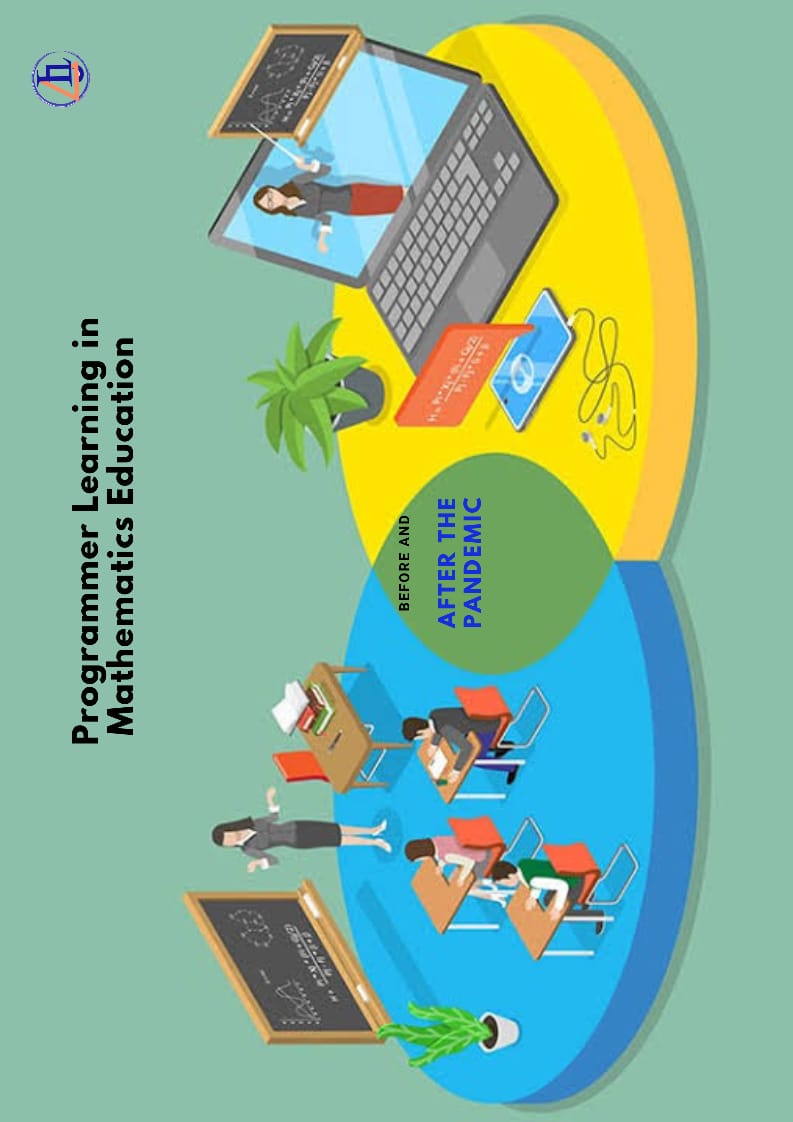Programmed learning in mathematics education before and after the pandemic: Academics Integrate technology
Keywords:
Academic integrated technology, Instruction, Mathematics education, Programmed learning, TERASIAbstract
Mathematics for school and university students. In the past, the COVID-19 pandemic in Indonesia paralyzed learning in schools and colleges, forcing them to go online. This is the new normal after the pandemic, a shift from online, offline, and hybrid (online-offline) learning. Academics have tried to use educational technology to teach curriculum, motivate students with attractive learning designs, and use creative learning media. Only with proper training will this increase teaching and learning. While the pandemic and this new standard will bring many contemporary issues, it also allows academics to try evaluation methods they have considered but never applied in a low-risk environment. Programmed learning improves learning. Online class satisfaction depends on quality and timely student-teacher contact, technological help, targeted online class modules, and practical course adaption to online platforms. Additionally, educators must create digital platform material to distribute information and encourage innovative thinking and execution. Thus, this systematic literature review examines how scheduled teaching affects learning. The analysis used the TERASI review process. Crossref, Google Scholar, PubMed, OpenAlex, Simantic Scholar, WOS, and Scopus were searched for 37 articles on programmed mathematics teaching benefits from 1990 to 2024. Most studies (17) focused on undergraduate students; the others had 20 people (students, lecturers/teachers, mixed, and parents). Based on the literature's limitations, the systematic review focused on "programmed teaching," "mathematics education," "benefits of programmed teaching," and "learning media" with manuscripts in English and pdf format. Another unusual finding was how challenging it is for teachers to keep students engaged while limiting distractions and technological misuse through learning media. The article will explore other programmed learning benefits, including practical and engaging teaching methods, positive effects on changing behaviour, raising grades for college and high school students, and increasing student interest.
Downloads

Published
How to Cite
Issue
Section
License
Copyright (c) 2024 Rani Darmayanti

This work is licensed under a Creative Commons Attribution-ShareAlike 4.0 International License.

 Yayasan Assyfa Learning Center (YALC) Pasuruan, Indonesia
Yayasan Assyfa Learning Center (YALC) Pasuruan, Indonesia



















